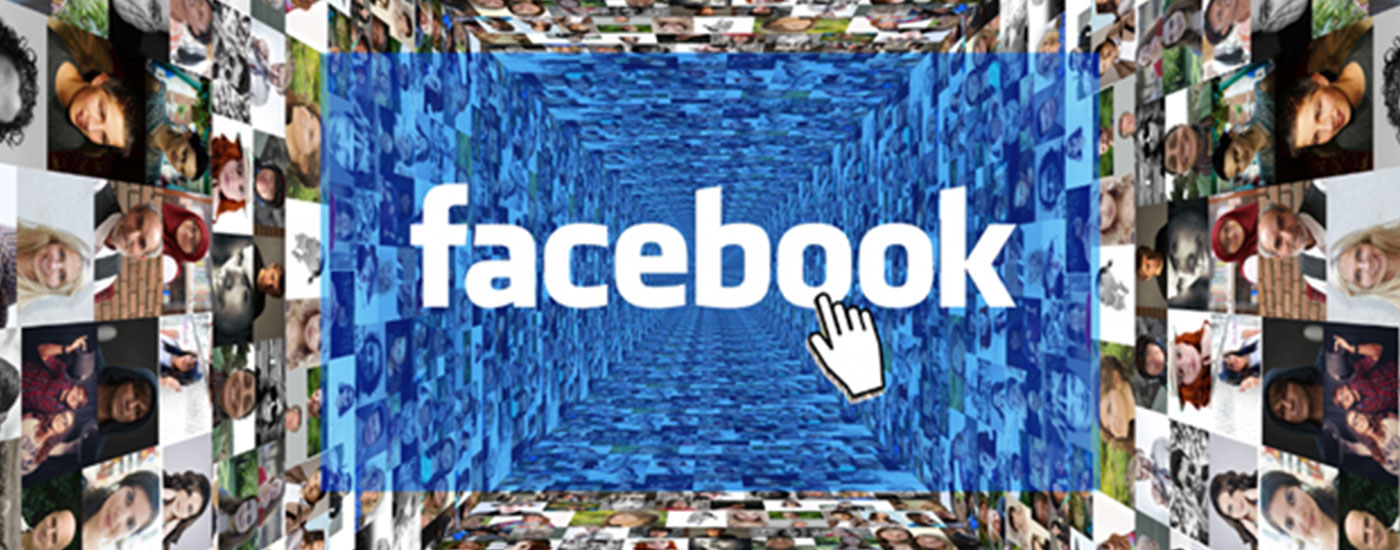
In recent news, a successful marketing firm’s CEO faced a grave ordeal when hackers infiltrated their Facebook account. Over a weekend, fraudulent ads for an online gambling site, totaling $250,000, ran unchecked, resulting in the firm’s Facebook account closure. Shockingly, neither Facebook nor their financial institutions accepted responsibility, leaving the firm uninsured and bearing the full cost burden.
Another firm encountered a similar nightmare as their legitimate ads were paused while hackers promoted illicit weight-loss products via 20 new ads, totaling an astounding $2.8 million. Despite swift action and damages limited to $4,000, the compromised account was shut down, causing significant revenue loss estimated at $40,000 to $50,000.
And even the CEO of Facebook isn’t safe from hackers. Mark Zuckerberg had his Facebook account hacked due to a weak password several years ago. In this case, it was an ethical hacker who was simply proving a point, and the point was made.
While these incidents spark fervent debate over accountability, the hard truth prevails: lax security practices lead to account compromise. Weak passwords, absence of multifactor authentication (MFA), and inadequate cybersecurity expose vulnerabilities, making account breaches the sole responsibility of the account holder.
Facebook’s security measures weren’t at fault; rather, it was the lapse of an individual employee. Cloud applications, despite their robust assurances, remain susceptible to hacking when credentials are compromised.

For a comprehensive assessment of your organization’s cybersecurity, let’s have a 10-minute phone consultation to discuss your specific situation. You may need an audit which can ensure you’re shielded against known threats, essential for every business owner’s peace of mind. If you haven’t had an independent third party conduct a cybersecurity risk assessment in the last 6 months, you’re due.
It’s completely free and confidential, without obligation. Voice scams are just the latest in a tsunami of threats aimed at small business owners, with the most susceptible being the ones who never “check the locks” to ensure their current IT company is doing what they should. Let’s talk today!